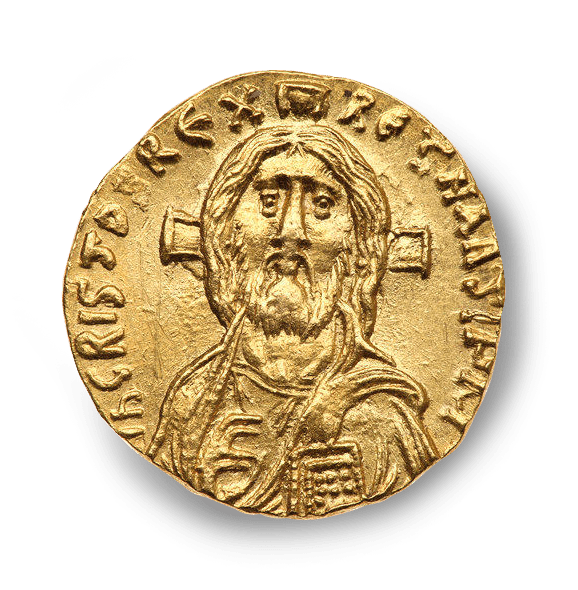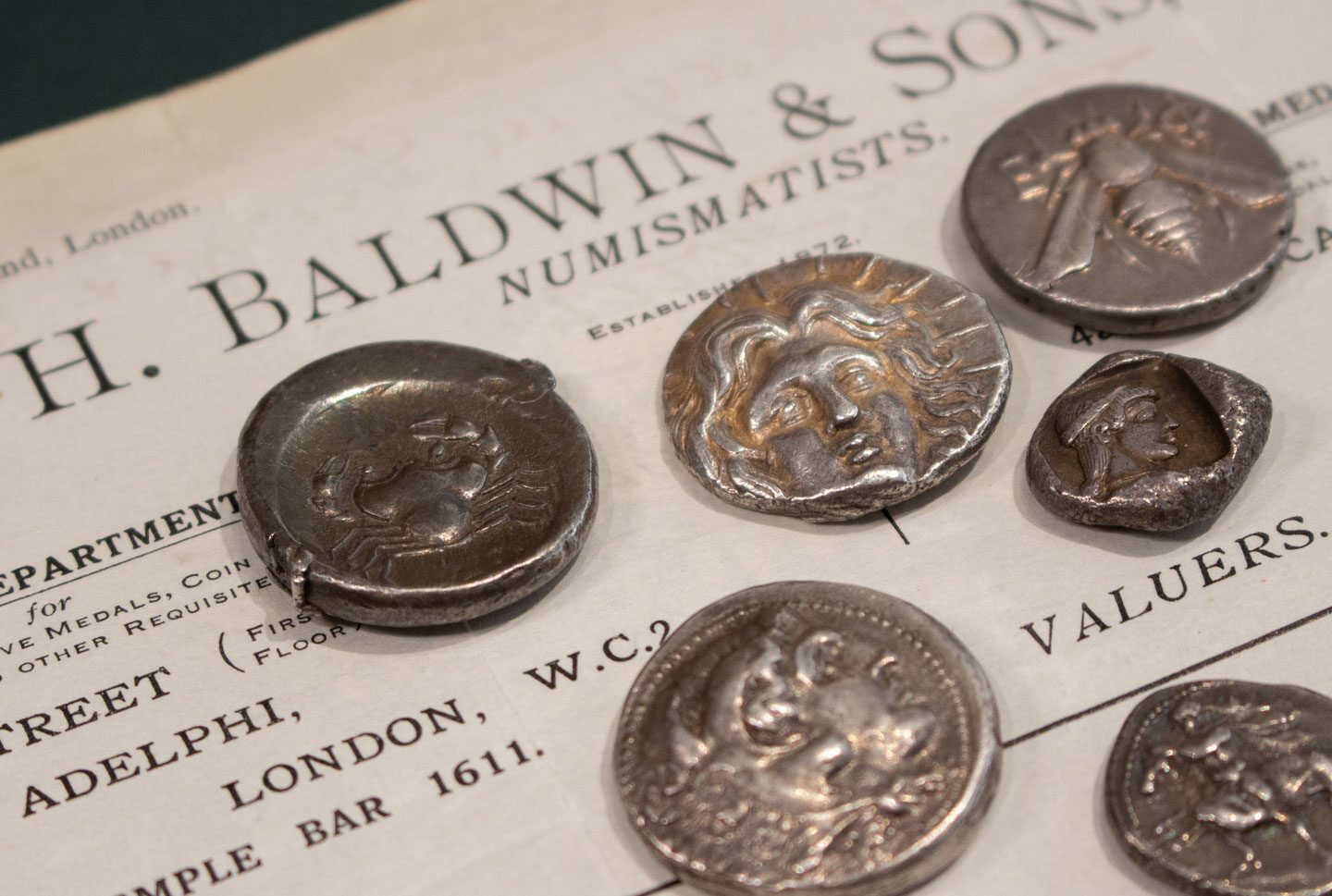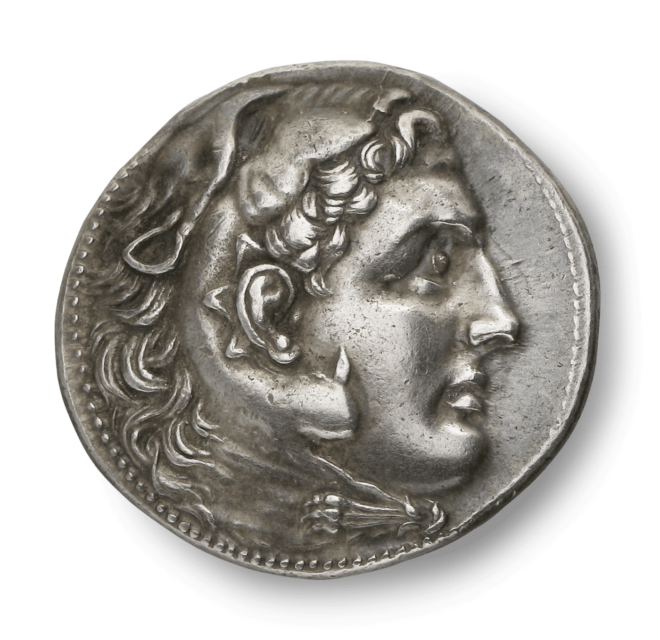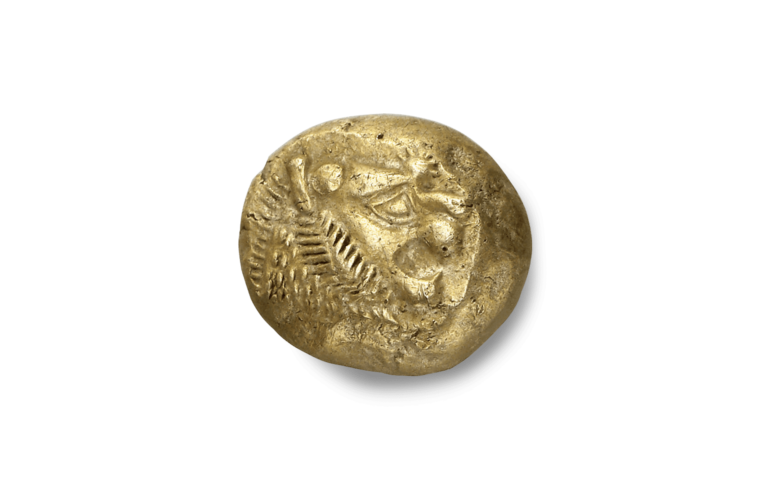
THE FIRST COINS
The earliest coins were minted in Ionia and Lydia, in what is now Turkey. They were minted in precious electrum; a naturally occurring alloy of gold and silver. The most famous ruler to issue these coins was Croesus – a very wealthy king, resulting in the phrase ‘as rich as Croesus’.
GREEK COINS
Coin use flourished in Asia minor following the advent of electrum, but the first truly Greek city state to adopt coinage was the island of Aegina, off the coast of Attica. The coins minted here featured turtles and later tortoises.
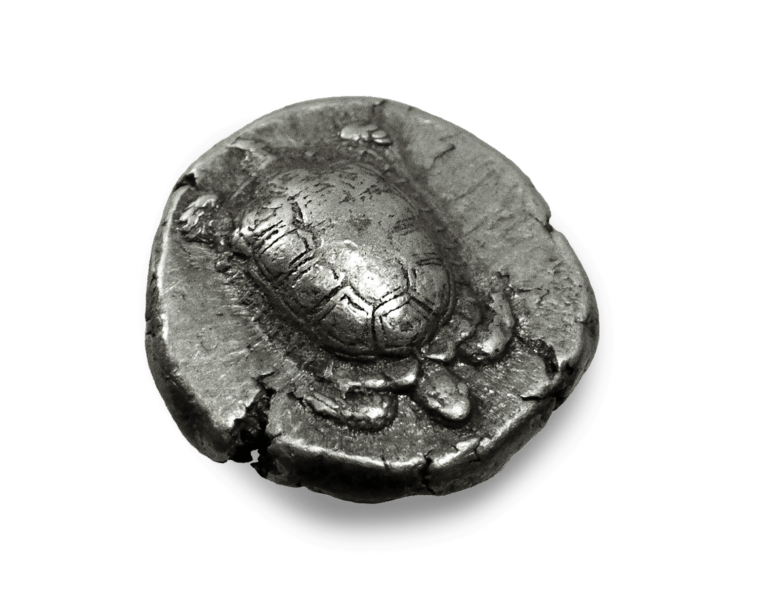
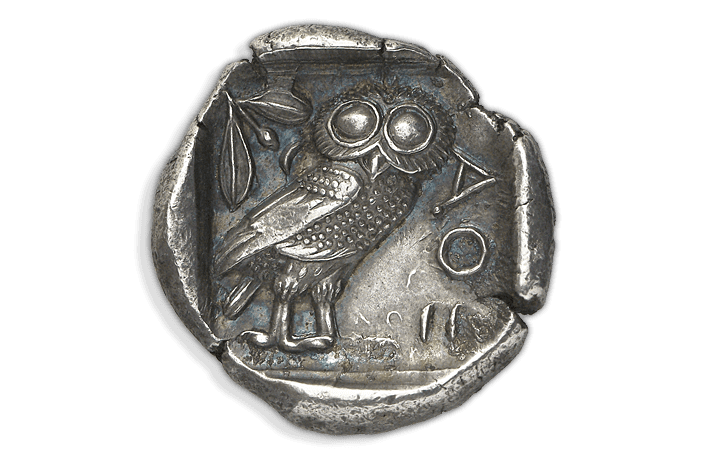
THE ATHENIAN OWL
The city-state of Athens rose to be the dominant power of the Mediterranean and beyond, during the 5th Century BC. With this power came a huge issue of iconic Athenian Owl tetradrachms, the first internationally recognised currency.
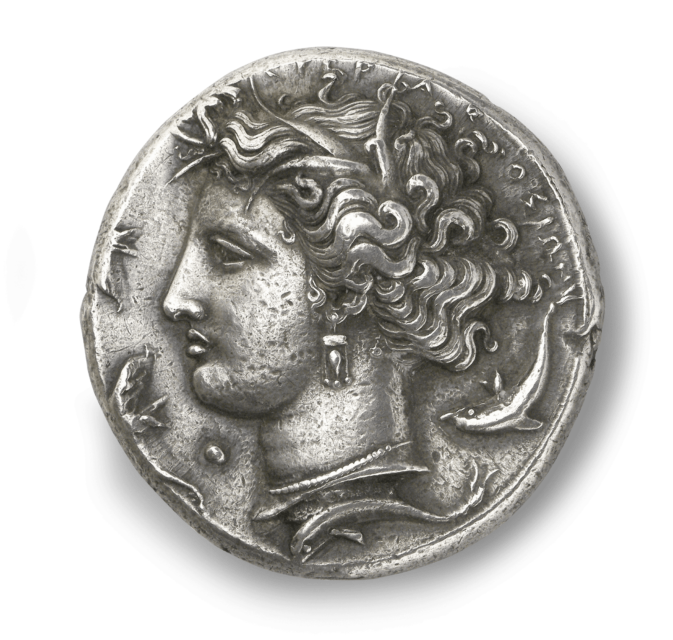
ITALY AND SICILY
Greek colonies in Italy and Sicily (Magna Graecia) issued coins from the 6th Century BC onwards.
Issues from Sicily, in particular, are considered some of the most beautiful coins from the Greek world.
Many were signed by the skilled die-engravers who designed them.
ROME AND CARTHAGE
The Punic Wars saw Carthage, a North African power, face off against the ever expanding Roman Republic. The Second Punic War famously included Hannibal crossing the Alps with elephants. Rome would emerge victorious, and rise to become the dominant power of the entire western world.
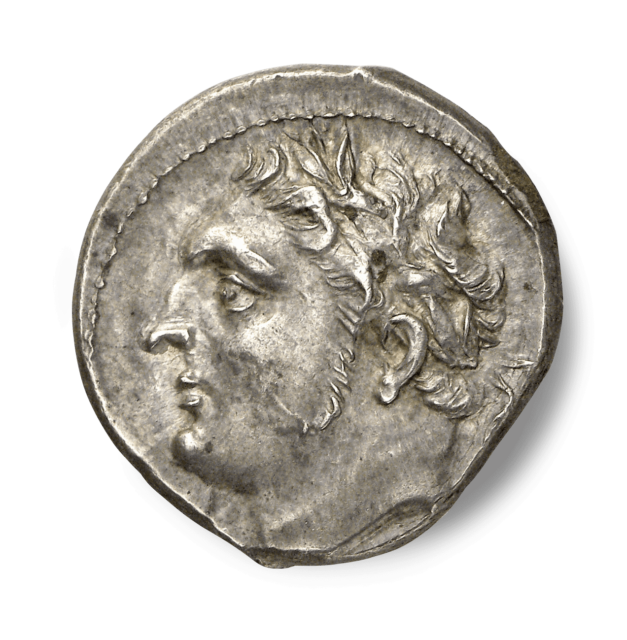
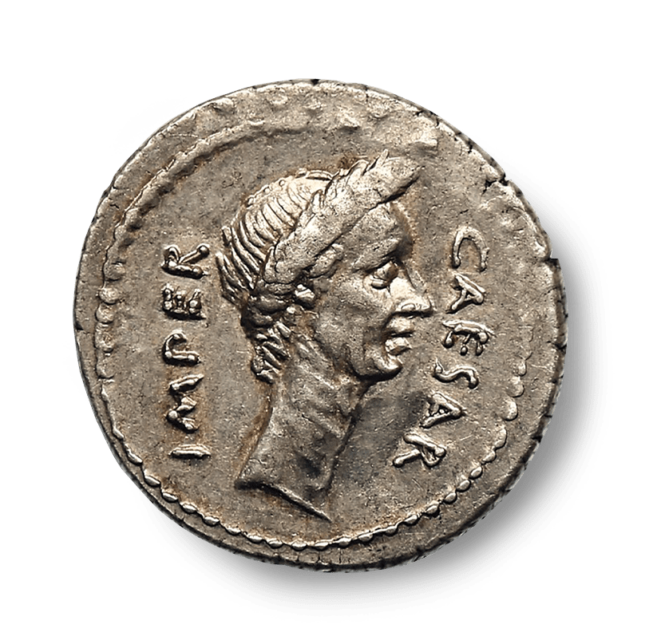
JULIUS CAESAR
Caesar’s rise to power culminated in the Senate proclaiming him ‘Dictator for Life’. Many opposing Senators saw this as kingship.
The dictator was assassinated on the Ides of March, 42 BC. He was the first living Roman to appear on a coin.
ROMAN IMPERIAL COINS
Coins of the Roman Empire generally depict the head of an Emperor on the obverse and a deity on the reverse. Some examples feature buildings and monuments. Coins were a way for new emperors to cement their power.
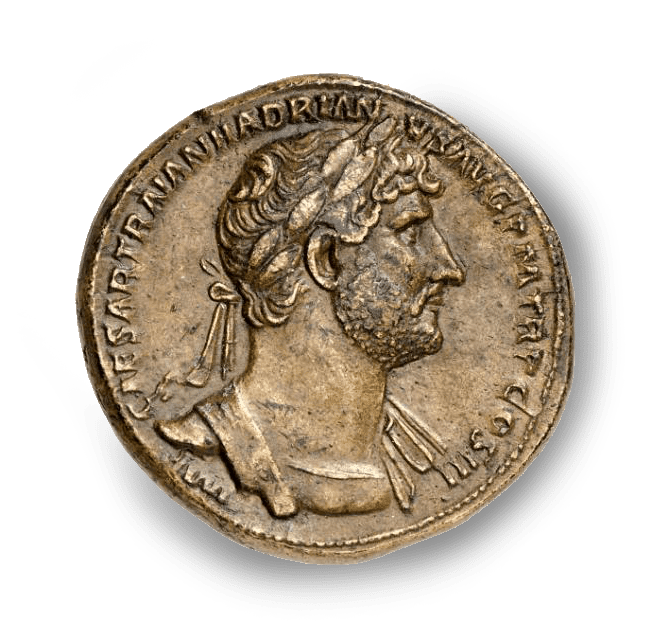
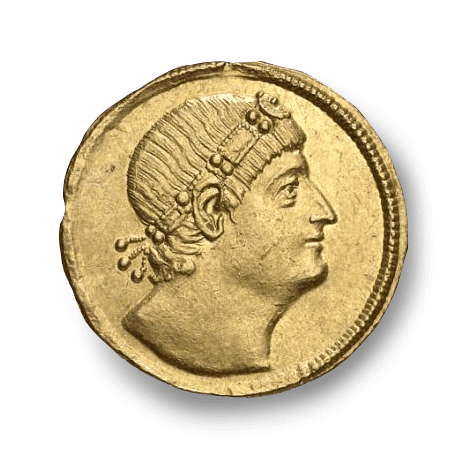
THE AGE OF CONSTANTINE
The rule of the Constantine resulted in Christianity being made the chief religion of the Roman Empire. Constantine was made emperor in the city of Eboracum (modern day York) and issued coins at the mint of London, which finally closed in 326 AD.
BYZANTINE COINS
After the fall of the Roman Empire in the West, the Eastern Roman Empire, its capital Constantinople, continued to flourish and eventually became known as the Byzantine empire. The primary coins of Byzantium were the gold Solidus and the bronze Follis. The Byzantine Empire would survive until 1453, almost 1000 years on from the fall of the Roman West.
